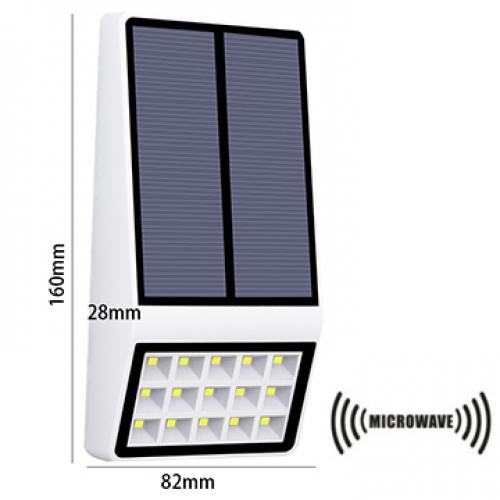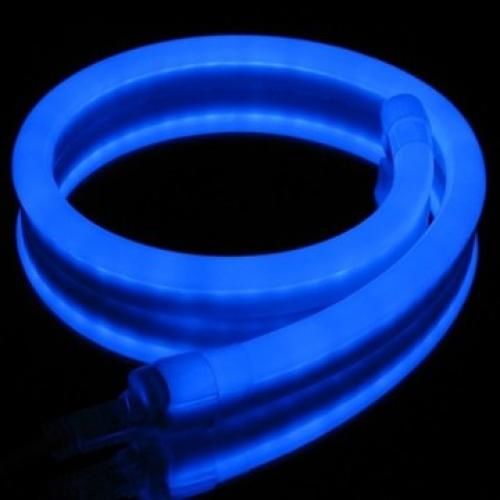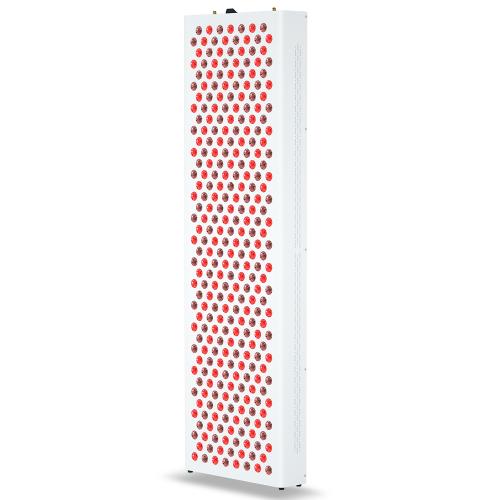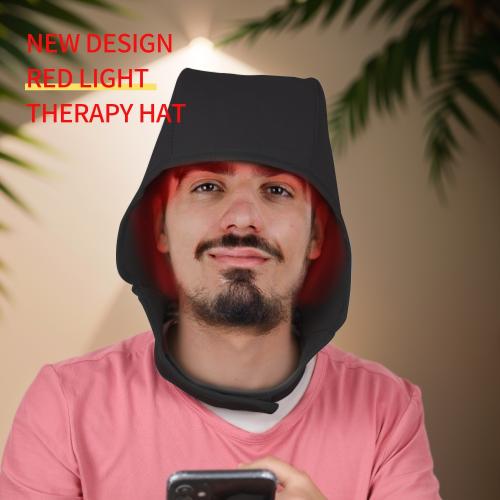What does the Mayo Clinic say about red light therapy?

Red light therapy has been gaining attention in the health and wellness community for its potential benefits in treating various conditions. The Mayo Clinic, a renowned medical institution, offers insights into this therapy, providing a balanced view of its efficacy, safety, and applications. As a professional knowledge blogger, I aim to delve into the nuances of red light therapy, guided by the insights from the Mayo Clinic, to help readers understand its potential and limitations.
Red light therapy, also known as low-level laser therapy or photobiomodulation, involves exposing the skin to low wavelengths of red light. This form of therapy is believed to penetrate the skin and stimulate cellular processes, potentially leading to various health benefits. The Mayo Clinic acknowledges that red light therapy is a promising area of research, but emphasizes the need for more extensive studies to fully understand its effects and establish standardized treatment protocols.
One of the primary uses of red light therapy is in dermatology, particularly for improving skin health. The therapy is purported to enhance collagen production, which can reduce the appearance of wrinkles and fine lines, leading to smoother, more youthful-looking skin. Additionally, it may aid in the healing of wounds and reduce inflammation, making it a popular choice for individuals seeking non-invasive skin rejuvenation options. The Mayo Clinic highlights these potential benefits but cautions that individual results can vary and that more rigorous clinical trials are necessary to substantiate these claims.
Red light therapy is also explored for its potential to alleviate pain and promote muscle recovery. Athletes and individuals with chronic pain conditions may find relief through this therapy, as it is thought to enhance circulation and reduce oxidative stress in the tissues. The Mayo Clinic notes that while some studies have shown positive outcomes, the evidence is not yet conclusive, and users should approach this therapy with realistic expectations. It's crucial to consult with healthcare professionals before starting any new treatment, especially for chronic conditions.
Mental health is another area where red light therapy is being investigated. Some preliminary studies suggest that exposure to red light may have mood-enhancing effects, potentially benefiting individuals with depression or anxiety. The Mayo Clinic advises that while these findings are intriguing, they are still in the early stages of research. Mental health treatments should be comprehensive and tailored to individual needs, and red light therapy should not replace established therapies without professional guidance.
Safety is a key consideration with any therapeutic modality, and red light therapy is generally deemed safe when used appropriately. The Mayo Clinic indicates that the risk of side effects is minimal, but users should adhere to recommended guidelines regarding exposure duration and intensity. Overexposure or improper use can lead to skin irritation or eye damage, underscoring the importance of following manufacturer instructions and consulting with healthcare providers.
The accessibility and convenience of red light therapy have contributed to its popularity. Devices for home use are widely available, ranging from handheld units to full-body panels. The Mayo Clinic suggests that while home devices can be effective, users should be cautious about the claims made by manufacturers and prioritize devices that have been tested and verified for safety and efficacy. Professional-grade equipment used in clinical settings may offer more controlled and potent treatments, but accessibility and cost can be barriers for some individuals.
Moreover, the Mayo Clinic stresses the importance of understanding that red light therapy is not a cure-all solution. While it may offer benefits for certain conditions, it should be part of a holistic approach to health that includes proper nutrition, exercise, and medical care. Users should maintain realistic expectations and understand that results can vary based on individual health status, the condition being treated, and adherence to treatment protocols.
In summary, red light therapy is a promising area of research with potential applications in skin health, pain management, and mental well-being. The Mayo Clinic provides a balanced perspective, acknowledging the therapy's potential while emphasizing the need for further research and cautious application. For individuals considering red light therapy, it is crucial to consult with healthcare professionals, understand the limitations, and integrate it into a comprehensive health strategy. As the field evolves, ongoing research will continue to shed light on the efficacy and safety of red light therapy, helping users make informed decisions about their health and wellness journeys.

 Afrikaans
Afrikaans Čeština
Čeština Dansk
Dansk Deutsch
Deutsch Español
Español Francais
Francais Italiano
Italiano Magyar
Magyar Nederlands
Nederlands Norsk
Norsk Polski
Polski Português
Português Română
Română Slovák
Slovák Suomi
Suomi Svenska
Svenska Tiếng Việt
Tiếng Việt Türk dili
Türk dili Ελλάδα
Ελλάδα Русский
Русский اللغة العربية
اللغة العربية แบบไทย
แบบไทย 中文繁體
中文繁體 日本語
日本語 한국인
한국인







